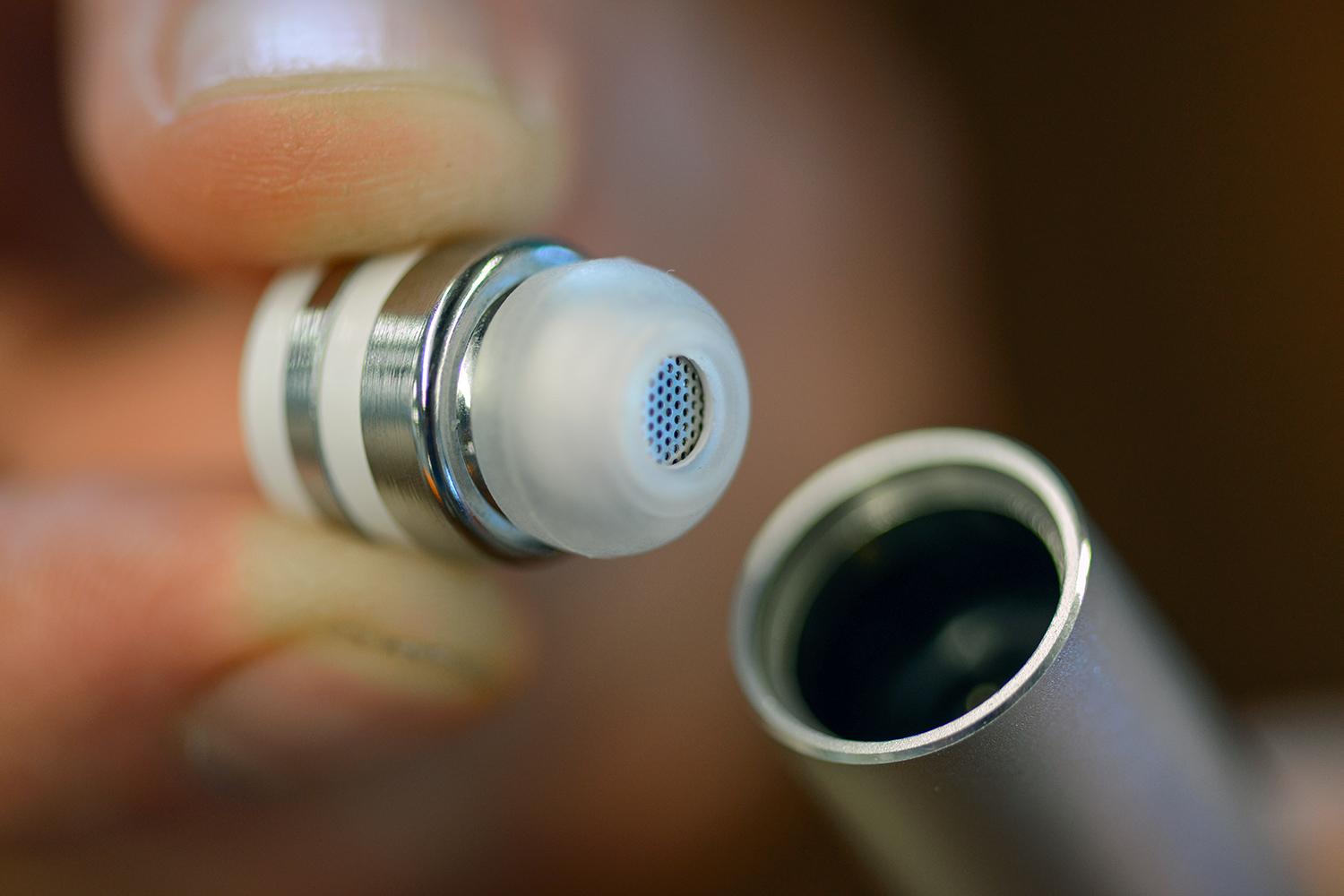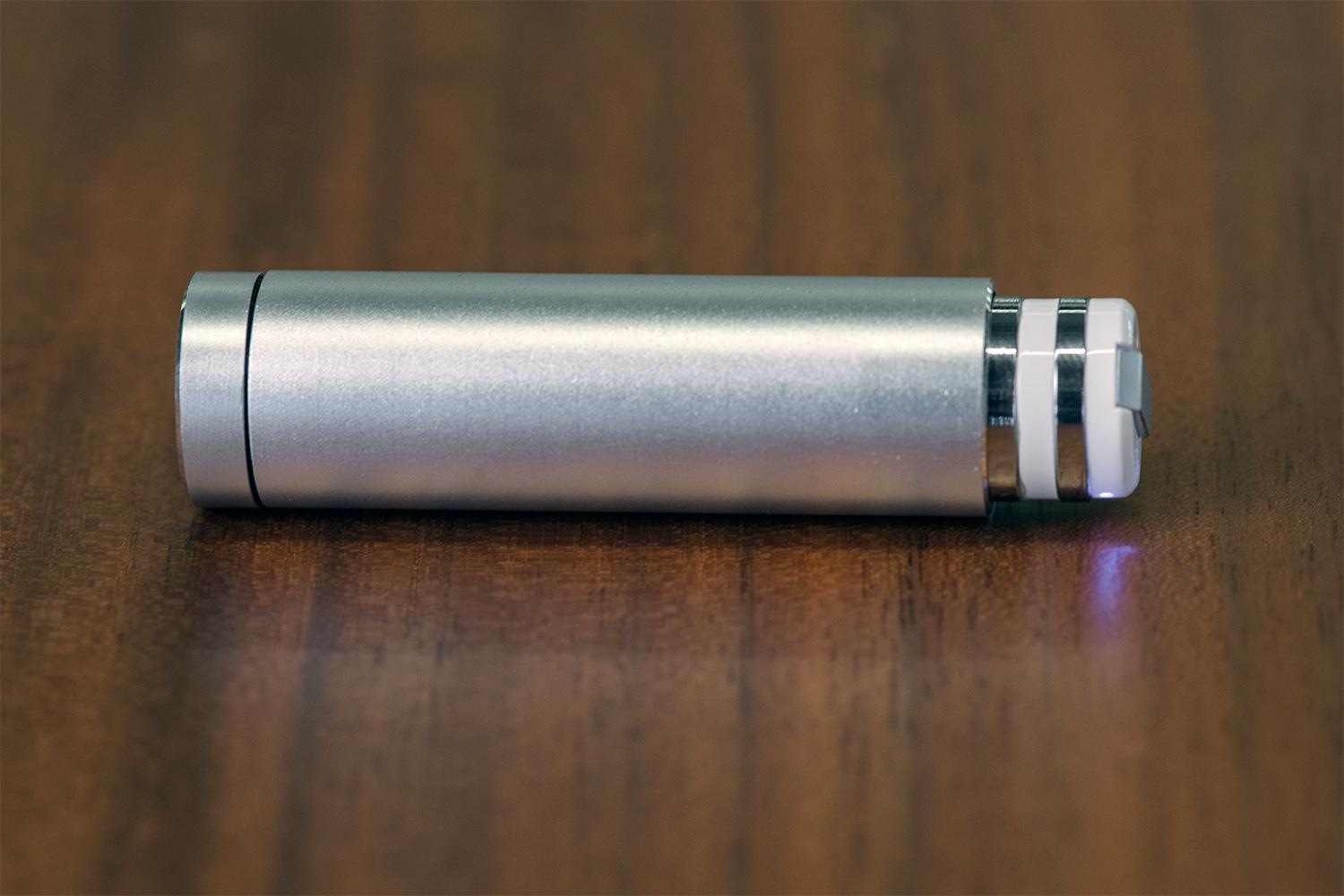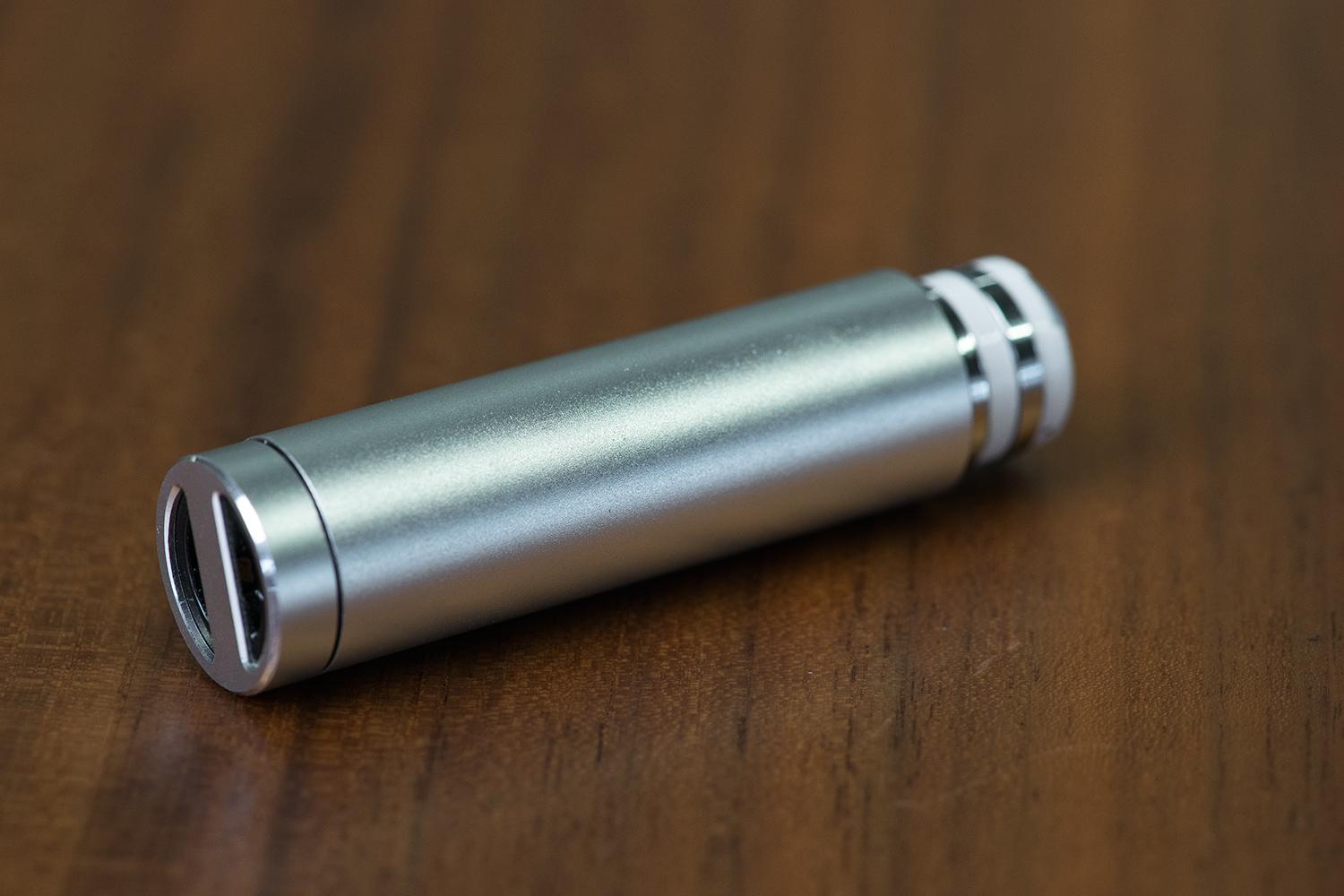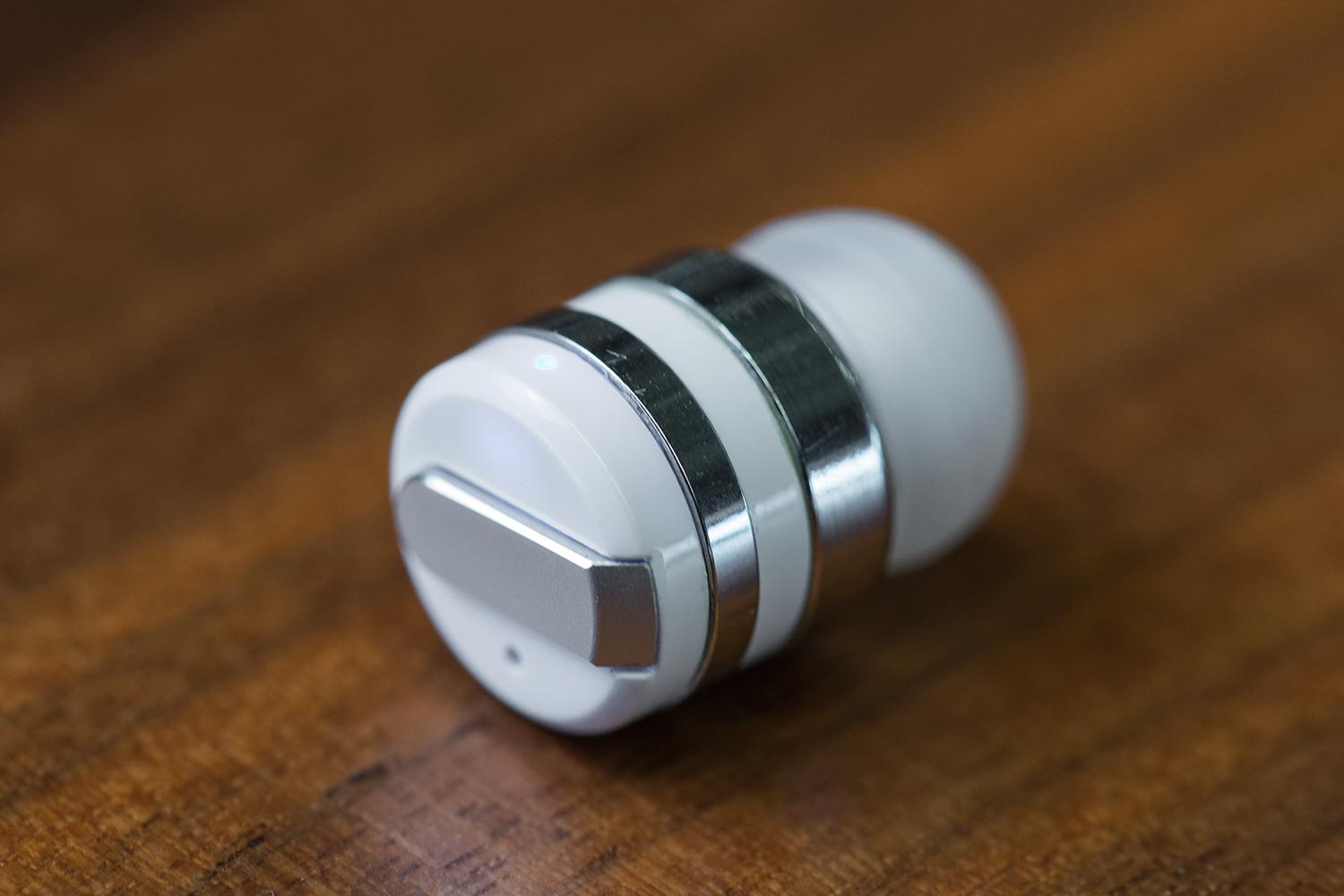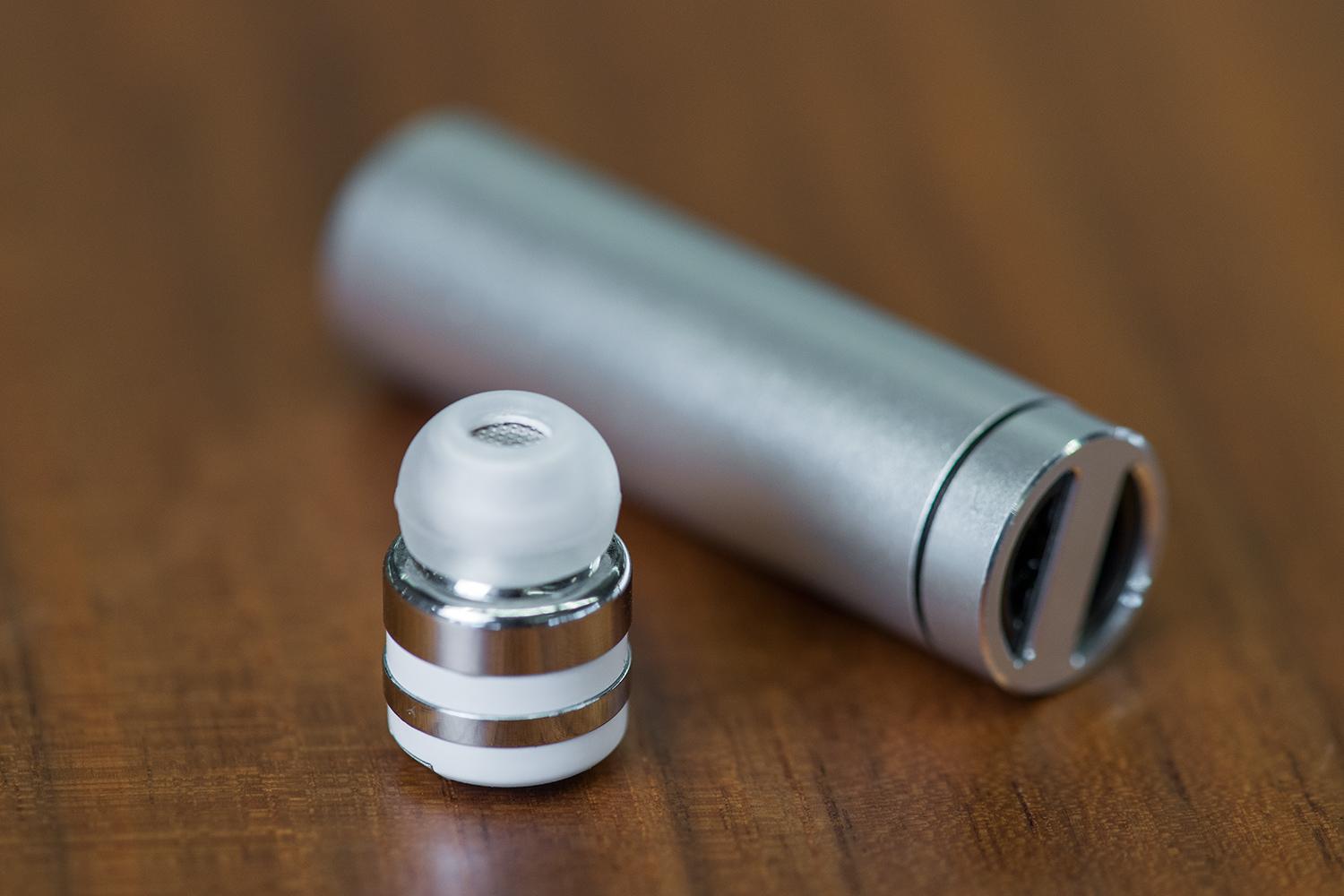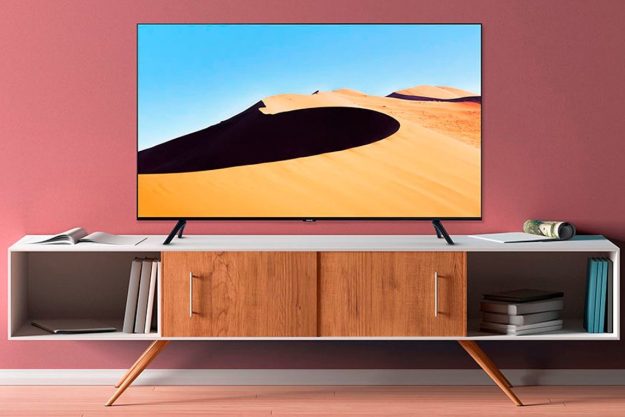Update 7/10/2015 by Caleb Denison: This article has been updated to reflect news of this project’s suspension and offers further commentary on the developments as they happen.
At approximately 3:00 Pacific Time, Kickstarter suspended the Dot Bluetooth earbud project. Kickstarter offered the following statement in an email to project backers:
A review of the project uncovered evidence that it broke Kickstarter’s rules. We may suspend projects when they demonstrate one or more of the following:
- Offering purchased items and claiming to have made them yourself
- Presenting someone else’s work as your own
- Misrepresenting or failing to disclose relevant facts about the project or its creator
Accordingly, all funding has been stopped and backers will not be charged for their pledges.
The suspension comes on the heels of concerns expressed by backers in the project’s comment section over a strikingly similar-looking product offered on a Chinese electronics manufacturer’s website. In response to backer inquiries, the Dot project’s creator, Ivan Kan, stated that he had contacted the factory in question and “were in full, happy cooperation.”
Later, Kan uploaded CAD and PCBA files to the project’s page and sent them to Kickstarter, apparently in an effort to show that the intellectual property was that of he and his team at So Special Labs. Skeptical backers remained unconvinced that the Dot’s design was original and belonged to Kan and his team, and continued to request a definitive statement or proof that the design was original, not sourced from the Chinese manufacturer. Those assurances never came — Kan’s limited responses often came several hours after multiple requests for updates.
While it is certainly possible that Kan sourced the Dot from Shenzhen EnJoYou Electronics Co. Ltd and was marketing it as his own invention, it is also plausible that the manufacturer is responsible for hijacking Kan’s design. It is not uncommon for a manufacturer to illegally clone a design obtained while working with a client to develop a product and market it in Asia. If this is the case and Kan has no patent, then it is possible he would have no legal recourse.
Many questions remain, and Digital Trends is scheduled to speak with Kan later today. We will update this story at that time. Until then, one thing is clear: Kickstarter isn’t taking any chances in this case, and believes its backers shouldn’t either.
Original Story:
The Dot is an alluring Bluetooth earbud with zero strings attached, and while it doesn’t necessarily need your support (the Kickstarter project surpassed its modest fundraising goal in a matter of hours today) we thought you should know about it anyway because, for all the failures and delays we’ve seen on devices like this before, we think the Dot is the most promising we’ve seen yet.
The Dot is a simple Bluetooth in-ear headphone — or earbud — that’s available in a mono or stereo version. The single-bud mono version would make a good replacement for that Bluetooth bar of a headset you’ve been meaning to replace — it’s super comfortable, and folks can hardly detect you’re wearing it, so you get to add the creepy “guy talking to himself” factor, to boot. A stereo version is also available for those who would like to use the Dot for music listening as well as taking calls.
Central to the Dot’s design is a charging device that looks like a metallic tube of Chapstick. The tube holds a rechargeable battery that is said to charge a single Dot up to 6 times, in as little as 30 minutes per charge. The Dot is rated to last for 1.5 hours of talk time, or about 1 hour of music time, depending on the volume. With those kinds of times, the Dot is not a good solution for long-term commuters or travelers, but could work great through the workday or for short trips.
We’ve had about a week to use the Dot, and we’ve found it stays comfortable and secure in the ear for hours at a time. One dot weighs a measly 3.5 grams (that’s 1.5 grams less than the closest competition). With an 80-hour standby time, one could wear it all day without having to remove it, unless of course it were to run out of juice on a phone call. The call quality is decent, though not on par with other modern Bluetooth headsets and headphones we’ve tested recently, offering a very slightly raspy vocal sound. On the other hand, music sounded decent with just one bud, and we’re sure it would sound even better with two.
One look at the Dot, and you might get it confused with the wildly successful Earin Kickstarter campaign that ran this time last year. Earin got 8,359 backers to pledge £972,594(roughly $1.5 million) for its stereo-only Bluetooth in-ear headphones. One year later, we’ve yet to see an Earin ship, and you can’t pre-order them anymore as Earin’s site lists them as “sold out.” The Earin costs about $200.
The Dot, on the other hand, has a much more modest fundraising goal of $30,000, which it has already doubled. And with 29 days left to go, it will no doubt go even further. That’s great, because the more the Dot’s creators raise, the more Dots they’ll be able to produce, and maybe that means we’ll see the Dot in less than a years’ time.
Perhaps the Dot’s most appealing feature is its reasonable price. Early birds will get a mono Dot for $59, after which the price goes up to $69. The stereo dot goes for $79 on early bird special, and goes up to $89 once those are sold out. When the Kickstarter campaign is over, its retail price is expected to be about $150.
The Dot may not be the embodiment of the latest in wireless technology, but it is the most realistic application we’ve seen yet — partly because we’ve held one in our hands and know it works, and it works reasonably well. With an equally reasonable price, it’s not hard to get behind the Dot’s campaign for realization.
Editors' Recommendations
- Jabra’s $100 Elite 4 are its most affordable ANC earbuds yet
- Bluetooth Multipoint finally arrives on Sony’s best wireless earbuds
- Monster expands DNA lineup with new earbuds, Bluetooth speakers
- Powerbeats Pro true wireless earbuds are down to just $200 for Cyber Monday
